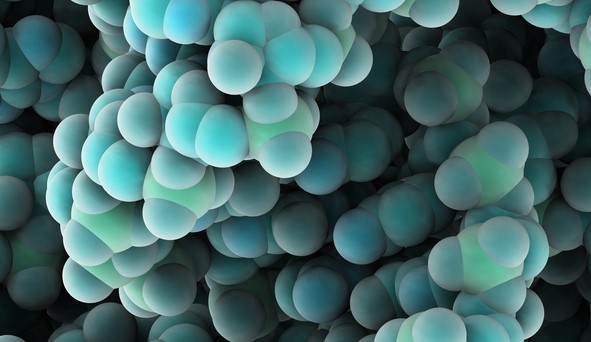"Informed AI News" is an publications aggregation platform, ensuring you only gain the most valuable information, to eliminate information asymmetry and break through the limits of information cocoons. Find out more >>
NIST Develops Advanced Infrared Microscopy for Detailed Imaging of Biological Molecules in Cells
- summary
- score

NIST researchers have developed a new infrared microscopy technique that can image biological molecules within living cells. This advancement overcomes the previous challenge posed by water, which strongly absorbs infrared radiation, obscuring other cellular components.
The method, called Solvent Absorption Compensation (SAC), uses optical elements to counteract water's absorption effects. This allows for the clear imaging of proteins, lipids, and nucleic acids over a 12-hour period. SAC-IR is faster and more convenient than traditional methods, which often require large synchrotron facilities.
SAC-IR is also label-free, meaning it doesn't require dyes or fluorescent markers that can harm cells and yield inconsistent results across labs. This technique can measure the absolute mass of key biomolecules, aiding in the standardization of cellular analysis methods.
Potential applications include evaluating the safety and efficacy of cell therapies, drug discovery, and understanding cellular responses to medications. Future developments aim to enhance the precision of measuring DNA, RNA, and other critical biomolecules, potentially improving cell preservation techniques.
Key Terms:
- Synchrotron: A type of particle accelerator used for high-intensity X-ray experiments.
- Label-free: A method that doesn't require additional markers or dyes to visualize samples.
| Scores | Value | Explanation |
|---|---|---|
| Objectivity | 6 | Comprehensive reporting with in-depth analysis. |
| Social Impact | 4 | Strong social discussion, influencing some public opinion. |
| Credibility | 5 | Solid evidence from authoritative sources. |
| Potential | 6 | Extremely high potential for significant changes. |
| Practicality | 5 | Extremely practical, widely applied in practice. |
| Entertainment Value | 2 | Slightly monotonous with a few entertaining elements. |